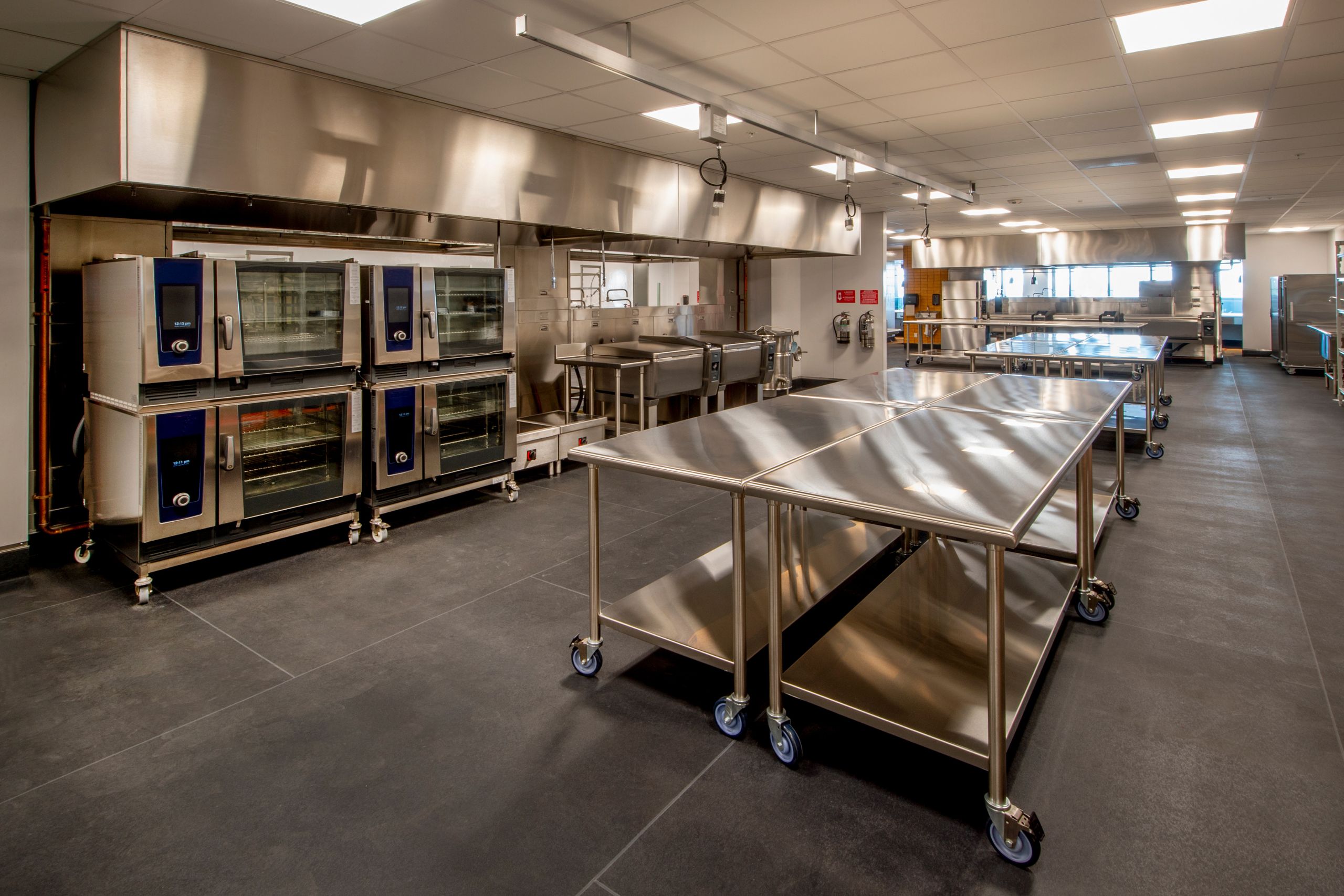Why You Should Hire Commercial Restorative Cleaning of Metal

Metal surfaces can be a challenge to keep clean and hygiene-friendly. Two methods are used to clean metal surfaces: high-pressure spraying or a fluidized bed of sand. However, it’s essential to find experts who are able to handle this complicated process with attention to detail. A reputable company will have verified testimonials and will be able answer any questions you have regarding the process. It is essential to know what you can anticipate from the process and how long it will take. Metal cleaning is a risky process.

A sand bed that is fluidized is a fluidized method to keep metal surfaces clean.
One of the most efficient methods of cleaning industrial metals is using the fluidized bed of sand. This method is more eco more sustainable than traditional chemical treatments and has a lower impact on metal surfaces. Fluidized beds can clean large amounts of metal in as little as one hour. They are also extremely safe and require minimal maintenance.
Fluidized beds make use of a heated bed of sand to remove organic contaminants from metal surfaces. The sand breaks down organic substances such as grease into gas. After the organic material has been removed from the surface it’s released through an afterburner that is integrated. The metal components are clean and ready for industrial production. Sometimes, additional treatments may be required to ensure that the metal components are free of organic contaminants.
High-pressure spraying is a fantastic method to keep metal surfaces free of dirt.
Keeping metal surfaces clean involves an approach known as high-pressure spraying. This involves the application of water at high pressure. It is used extensively in the industry of building cleaning. The pressure can range from 5,000 psi all the way to 15,000 psi. This process could cause destruction to old building materials.
The corrosion process can cause metal surfaces lift off of their underlying surface.
Corrosion is a chemical reaction that affects various metals. It can also affect the properties of materials like ceramics and polymers. It happens when a material reacts with a corrosive element such as oxygen. cladding cleaning can prevent this from happening. Abrasion is another process that can cause metal surfaces of all kinds to segregate from their base. In this case, a hard particle rubs against the metal surface.
The corrosion of filament occurs on aluminum surfaces coated with the coating and is characterized by a thin layer of corrosion products. This type of corrosion can be triggered by either a defect in the coating or a local injury to the surface. As the corrosion continues to spread under the coating, it will cause the metal surface to lift away from its underlying surface. The surface of the metal will form small blisters as a result.
This can lead to cracks and deterioration of the metal. The process can also be triggered when the metal is exposed to moisture and electrical currents. Corrosion can cause metal’s properties to change, and can make working environments unsafe. It can also be very expensive to repair.